Are you an avid hunter with a great thirst for traveling? Do you find yourself scaling rugged terrains and conquering challenging landscapes in pursuit of your prey? If so, you must understand the importance of having reliable and sturdy gear that can keep up with adrenaline-fueled escapades. Among the essential tools in your arsenal, a rock climbing harness designed specifically for hunting is an absolute game-changer.
In this article, we will delve deeper into the top features to look for in a rock climbing harness for hunting. From weight distribution and ease of use to safety certifications and innovative designs, we will guide you through the must-have qualities that will elevate your hunting adventures to new heights. So, gear up, fellow hunters, in this article we are going embark on a thrilling exploration of the ultimate rock climbing harness by explaining the top features of it for your hunting endeavors!
Comfort and Flexibility
When selecting a rock climbing harness, we must prioritize comfort and flexibility. Trying on different harnesses and considering factors such as padding, adjustability, and the materials used can help determine the level of comfort and flexibility offered by a specific harness model. Ultimately, a comfortable and flexible harness enhances the climbing experience, promoting endurance, freedom of movement, and overall enjoyment on the rock.
Climbers tend to wear harnesses for a very long period of time which can lead to physical discomfort. In that regard, it is important to feel comfortable in a harness. A comfortable harness allows climbers to focus on their movements and technique rather than being distracted by discomfort or pain. A well-designed harness incorporates adequate padding in the waist belt and leg loops, reducing pressure points and distributing the weight evenly across the body. The padding helps prevent chafing and provides cushioning during prolonged climbs, ensuring climbers can climb for longer periods without discomfort.
Flexibility in a rock climbing harness is crucial to enable freedom of movement and agility while on the wall. Climbing requires a wide range of dynamic movements, such as high steps, reaching for holds, and twisting the body. A flexible harness allows climbers to perform these movements without feeling restricted or limited in their range of motion. It moves with the climber, providing a secure and comfortable fit while allowing the necessary flexibility to execute various climbing techniques and maneuvers.
A harness with comfort and flexibility helps climbers maintain their focus, balance, and control on the wall. It allows them to move fluidly and efficiently, making challenging routes more manageable. Furthermore, comfort and flexibility contribute to a sense of confidence and trust in the equipment, enabling climbers to push their limits and explore new climbing possibilities.
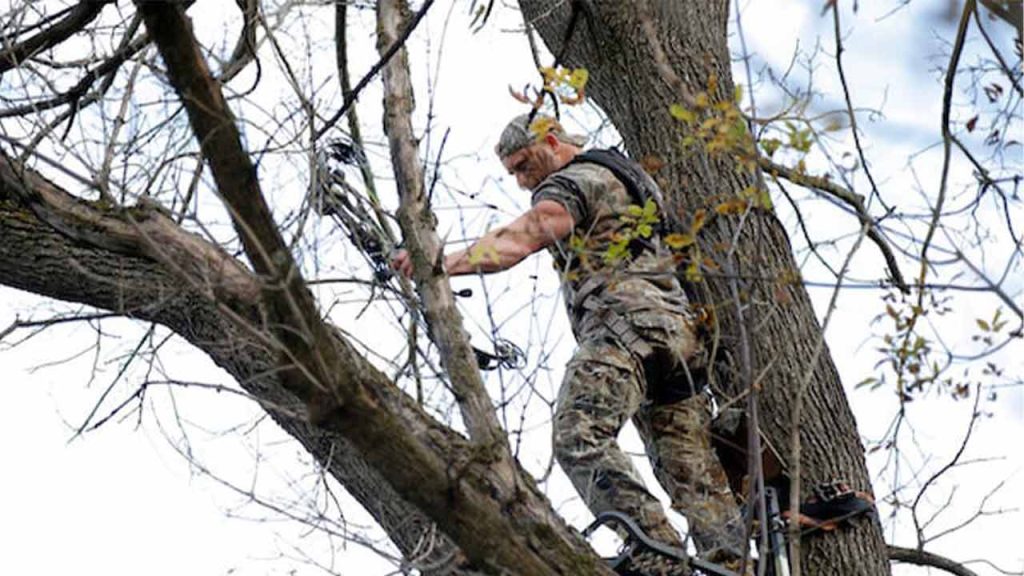
Versatility
Versatility in a rock climbing harness is a major characteristic that allows it to adapt to various climbing situations and cater to different climbing styles and techniques. One key aspect of a versatile rock climbing harness is its adjustable fit. With adjustable leg loops and waist belts, climbers can customize the harness to their body size and clothing layers. This adjustability ensures a comfortable and secure fit for climbers of different shapes and sizes.
Another important feature of a versatile harness is the presence of multiple gear loops. These gear loops allow climbers to carry and organize their equipment efficiently. With ample gear loops, climbers can have quick access to their gear during the climb, whether it be quickdraws, carabiners, cams, slings, or other climbing gear. Furthermore, a versatile harness may have hauling capability, which is particularly useful in scenarios like big wall climbing or multi-pitch climbs where additional gear or hauling may be required. The presence of hauling loops or reinforced tie-in points enables climbers to securely haul gear or perform rescue operations when needed.
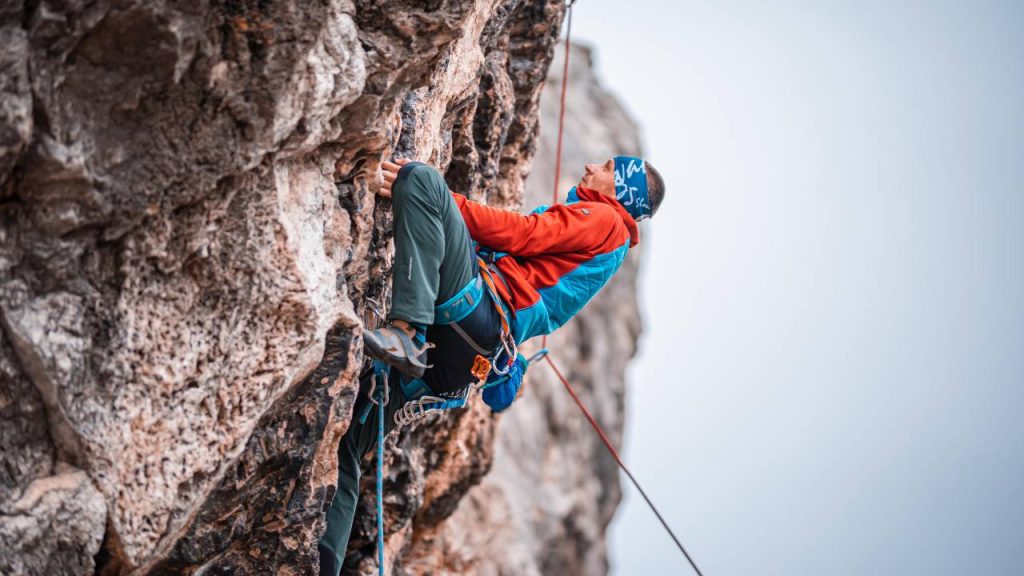
Gear Organization and Attachment Points
Efficient gear organization is important when hunting while rock climbing. Look for a harness that offers the following features:
- Multiple gear loops are strategically positioned on the waist belt and leg loops for carrying essential hunting equipment like carabiners, slings, ammunition, GPS units, and rangefinders.
- A haul loop or rear attachment point provides additional options for securing gear or attaching a backpack.
- Ice clipper slots or specialized gear loops for hunters operating in icy or rugged environments, enabling secure attachment of ice tools, ropes, or other specialized equipment.
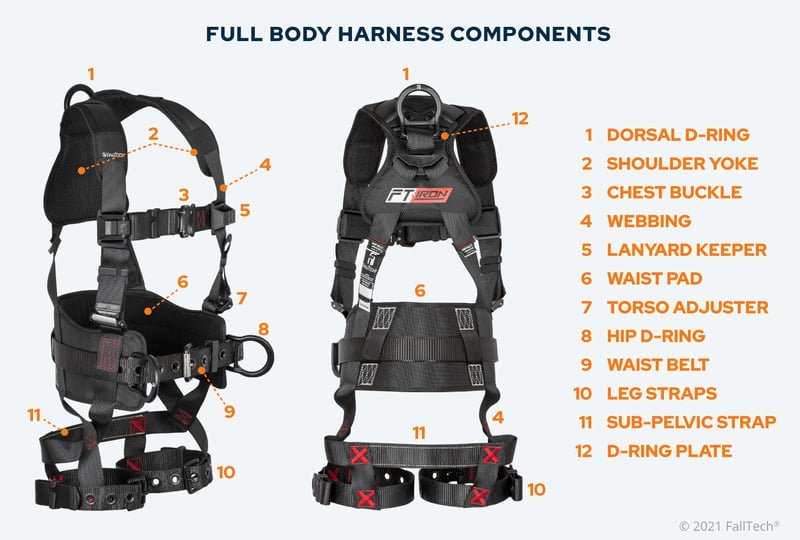
Breathability and Moisture-wicking properties
By incorporating breathability and moisture-wicking properties into a rock climbing harness for hunting, manufacturers aim to enhance the overall experience. The combination of these features allows for improved comfort and helps maintain optimal body temperature, especially during intense physical exertion or in hot and humid environments. When choosing a harness, hunters should prioritize those with materials and designs that promote breathability and moisture management to ensure long-lasting comfort throughout their outdoor adventures.
Here’s a further explanation of this part:
A harness with good breathability allows air to flow through the material, preventing the build-up of heat and sweat. This is particularly important during strenuous activities like climbing or hiking during a hunting expedition. Breathable hardness materials, such as mesh panels or perforated fabrics, enhance ventilation and help regulate body temperature.
Moisture-wicking properties involve the harness’s ability to pull moisture (sweat) away from the skin and move it to the outer surface of the fabric, where it can evaporate more easily. This feature helps keep the user dry and comfortable, preventing the accumulation of sweat that can lead to chafing, discomfort, or even skin irritations. Fabrics with moisture-wicking properties, such as synthetic blends or treated materials, efficiently manage perspiration by promoting quick evaporation.
Weather Resistance
A harness is weather resistant when it has the ability to withstand and protect against various weather conditions during hunting expeditions. Hence, when it comes to rock climbing harnesses for hunting, weather resistance is an important aspect to consider due to the outdoor nature of hunting activities. Here are some aspects related to weather resistance in a rock climbing harness for hunting:
- Water Resistance: A weather-resistant harness should be able to repel or resist water, keeping the harness and its components dry even in wet or rainy conditions. This helps maintain comfort and prevents the harness from becoming heavy or waterlogged.
- Wind Resistance: The harness should provide some level of wind resistance to shield the hunter from chilly winds during outdoor expeditions. Windproof materials or designs can help to minimize wind penetration, keeping the hunter comfortable and protected.
- Durability in Extreme Conditions: Weather-resistant harnesses should be constructed from durable materials that can withstand harsh weather conditions such as extreme cold, heat, or prolonged exposure to sunlight. This ensures the harness remains functional and intact throughout hunting trips.
- Breathability: While weather resistance is important, it’s equally needed for the harness to offer breathability. This allows moisture and sweat to escape, preventing discomfort and helping to regulate body temperature during physically demanding activities like climbing or hiking.
- UV Protection: A weather-resistant harness may also incorporate UV protection features to shield the hunter’s skin from harmful ultraviolet (UV) rays. This is particularly important for hunting in sunny or high-altitude environments where the risk of sunburn or skin damage is elevated.
- Quick-Drying: A weather-resistant harness should have the ability to dry quickly after exposure to moisture. This ensures that the harness is ready for use in subsequent hunting trips and reduces the risk of mold or mildew growth.
Different types of Harnesses
When rock climbing harnesses are specially made for rock climbing, there are many other type of climbing harnesses as well. These harnesses are designed for different climbing activities and preferences. Here are some common types:
- All-Around Harness: Versatile harnesses suitable for a wide range of climbing activities, from sport climbing to trad climbing. They offer a balance of comfort, durability, and gear loops.
- Sport Climbing Harness: Specifically designed for sport climbing, these harnesses prioritize lightweight construction, minimal padding, and ample gear loops for quick and efficient clipping of quickdraws.
- Trad Climbing Harness: Built to withstand the demands of traditional climbing, these harnesses typically feature more padding for added comfort during long routes and multiple gear loops for organizing and carrying a variety of protection devices.
- Big Wall Harness: Ideal for big wall climbing and multi-pitch routes, these harnesses focus on durability, comfort for extended periods of hanging or sitting, and ample gear loops for carrying a large amount of equipment.
- Alpine Climbing Harness: Designed for alpine environments, these harnesses prioritize lightweight construction, minimal bulk, and compatibility with wearing over bulky clothing or gear layers. They often feature ice clipper slots and extra loops for attaching ice screws and other alpine-specific equipment.
- Gym Climbing Harness: Specifically designed for indoor climbing gyms, these harnesses prioritize comfort, ease of use, and durability for frequent indoor climbing sessions. They may have additional features such as adjustable leg loops and reinforced tie-in points.
- Mountaineering Harness: Suitable for mountaineering and glacier travel, these harnesses often have a full-body design with adjustable leg loops, sturdy construction, and gear loops for carrying ice screws, carabiners, and other mountaineering gear.

Hunt with Rock Climbing Harnesses
Choosing the right rock climbing harness for hunting requires careful consideration of several key features. A harness that offers a comfortable fit, proper adjustability, and sufficient weight-bearing capacity is essential. The inclusion of gear loops, attachment points, and haul loops allows for convenient equipment storage and accessibility. Durability and strength are crucial for withstanding the rigors of hunting activities. Additional features such as breathability, weather resistance, and compatibility with accessories can enhance the overall hunting experience. By prioritizing these top features, hunters can select a rock climbing harness that provides optimal safety, functionality, and comfort during their hunting expeditions.

William Arrovo seeks thrills and laughter in everything he comes across. He is a fun loving person with a zest of exploring the breathtaking places around the globe. He feels content in sharing his experiences of travelling to various countries. He is grateful about enriching himself with a myriad of cultures and rejuvenating his soul while staying outdoors.

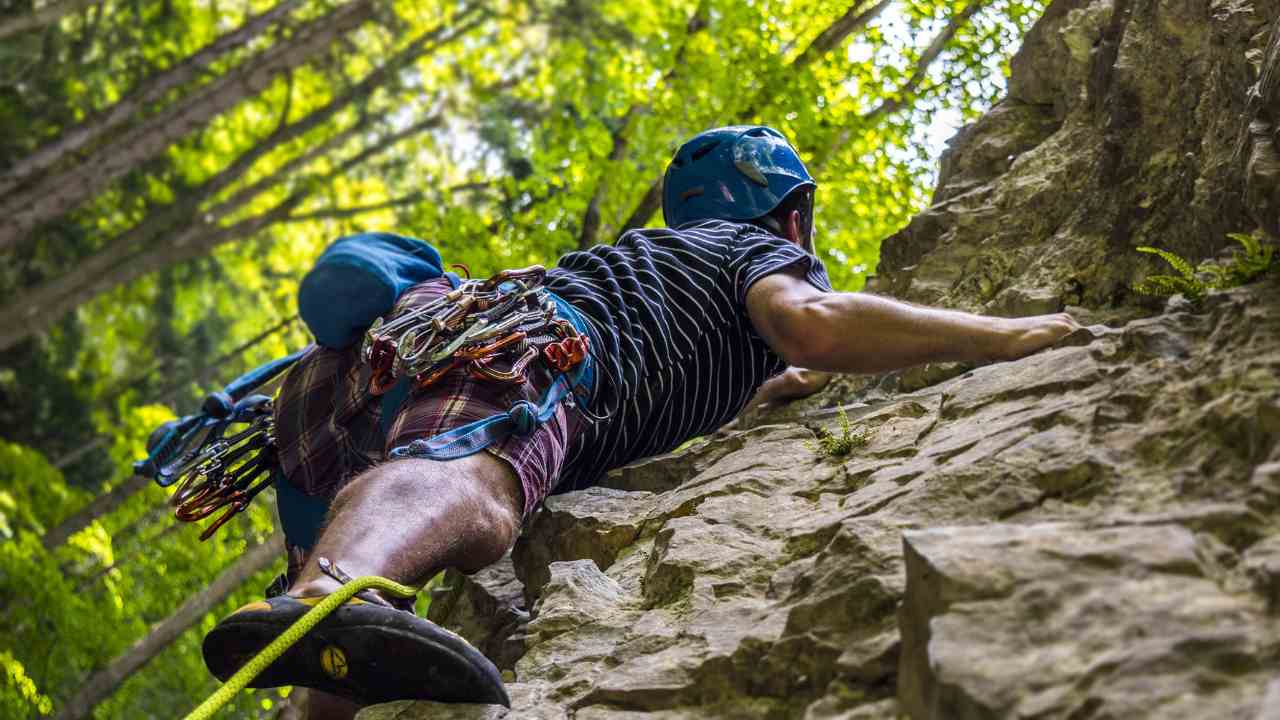

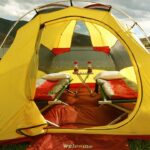
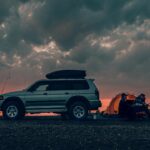

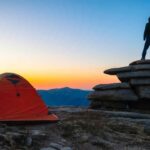


Leave a Comment